Harvesting edible beans is unique. The field may look like soybeans when you drive by at 55 mph, but harvest is quite different. Think of the bag of beans you buy at the grocery store. You don't want split beans, or mud stained beans, and it is our job to get those beans onto the shelf looking beautiful.
You may notice the dirt cloud between the combine and tractor. Harvesting navy beans is dirty, dirty, dirty. And it's fine dirt that gets into every pinhole.
We have raised pinto, black, kidney, and pink beans. For the past few years we've stuck with one variety to make harvest easier. No one wants a black bean in their bag of navy beans on the grocery shelf, so you really need to clean out everything when switching varieties. Think of the equipment in the spring, and in the fall. Planters, combines, trucks, conveyors, it's a lot of cleaning. We'll stick with one variety to make our lives easier.
I hope you get a chance to make a nice big pot of bean and ham soup. It's the perfect dish for fall. Or maybe I just love it because I know how much work it took to harvest those pesky beans.

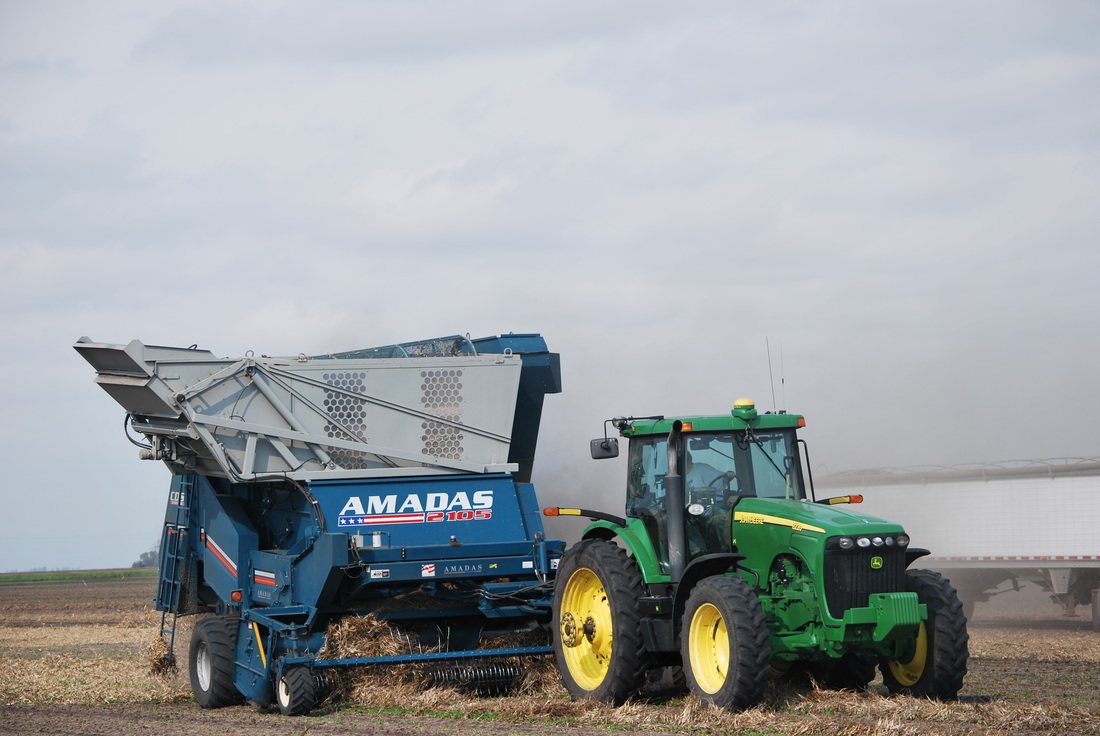
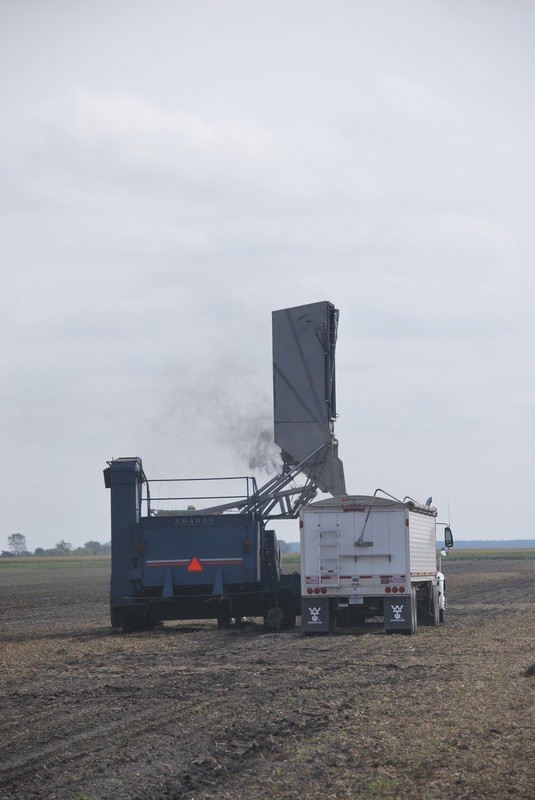
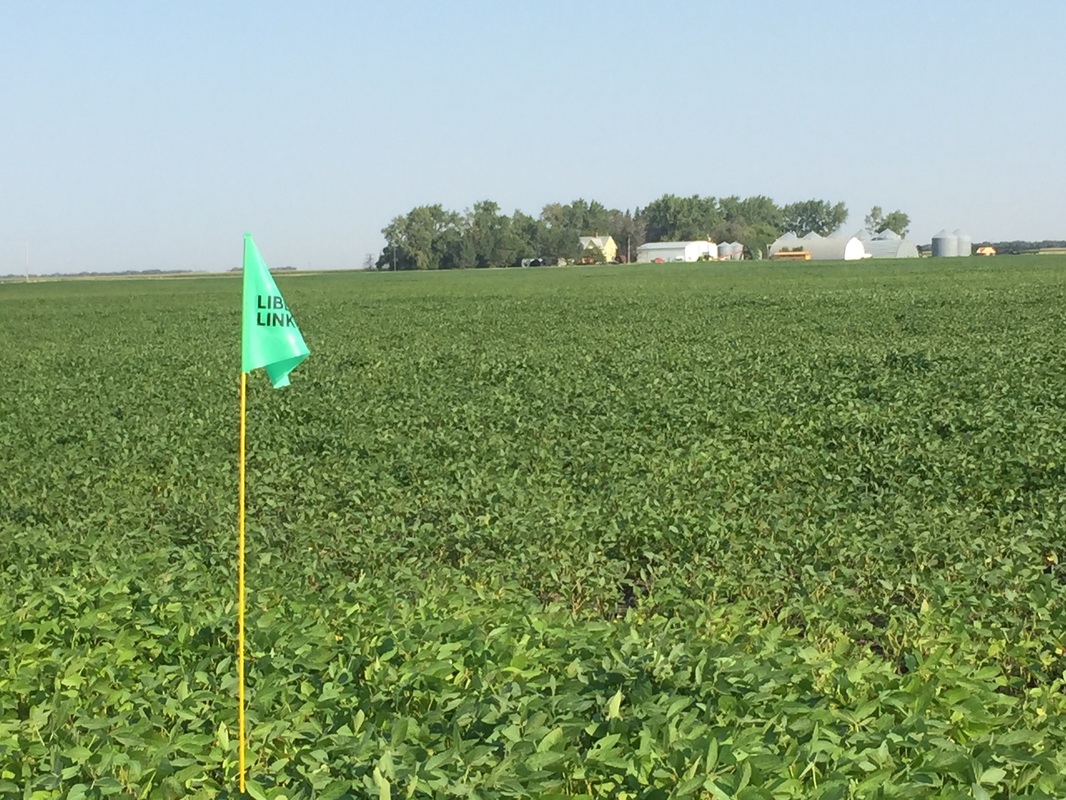

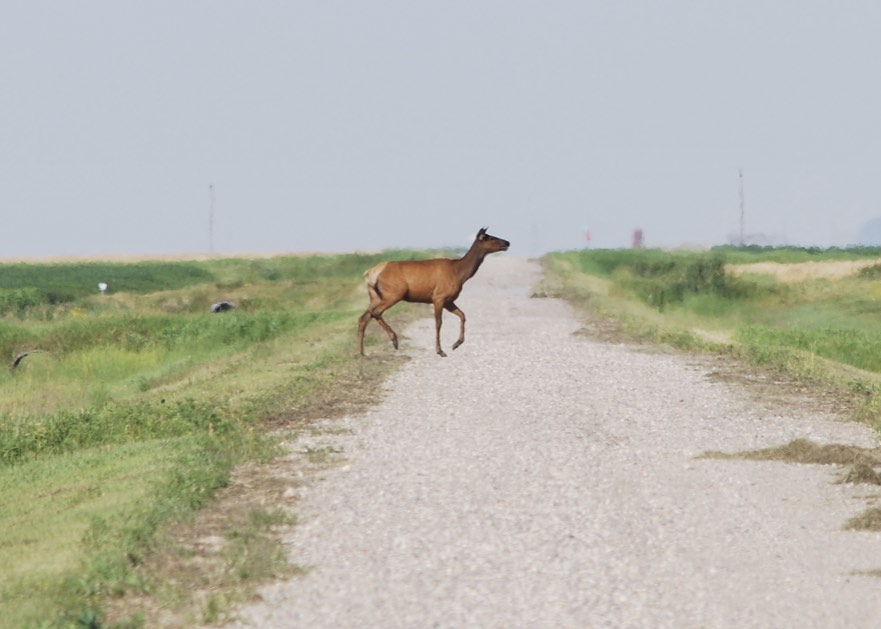
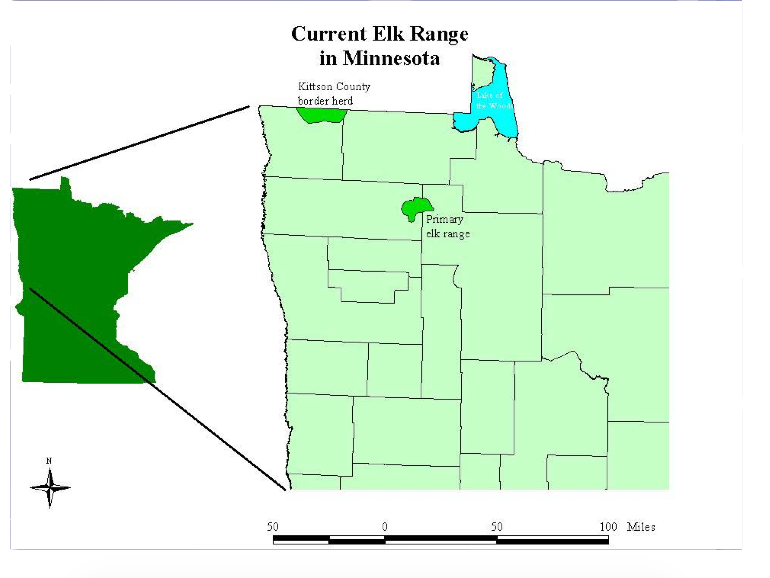
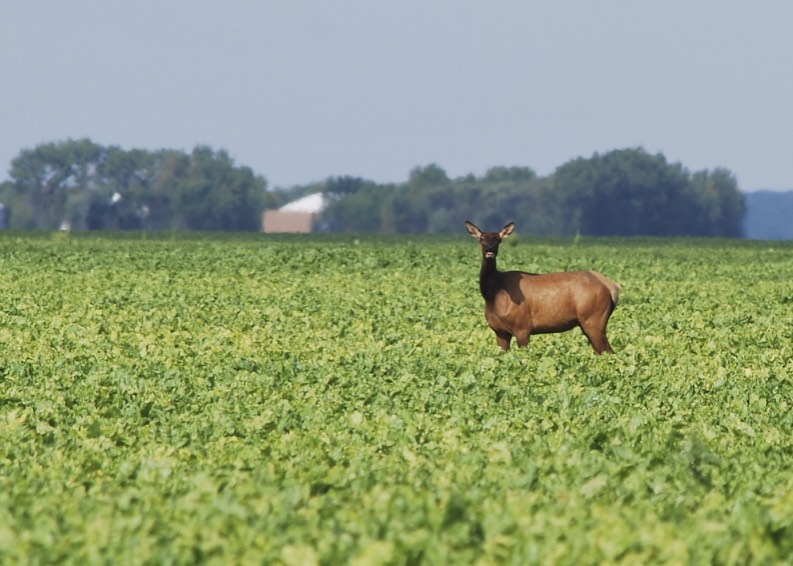
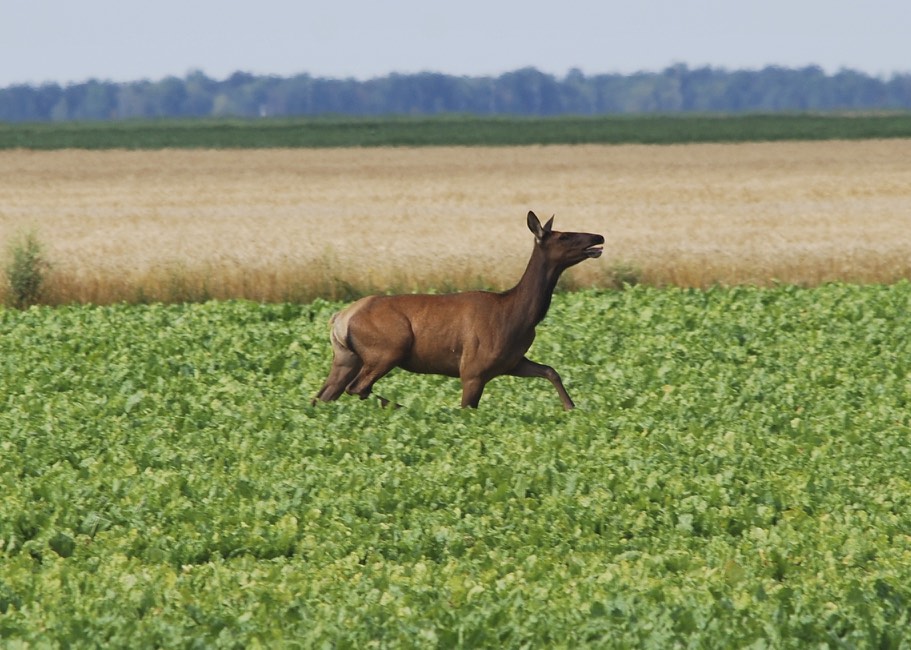
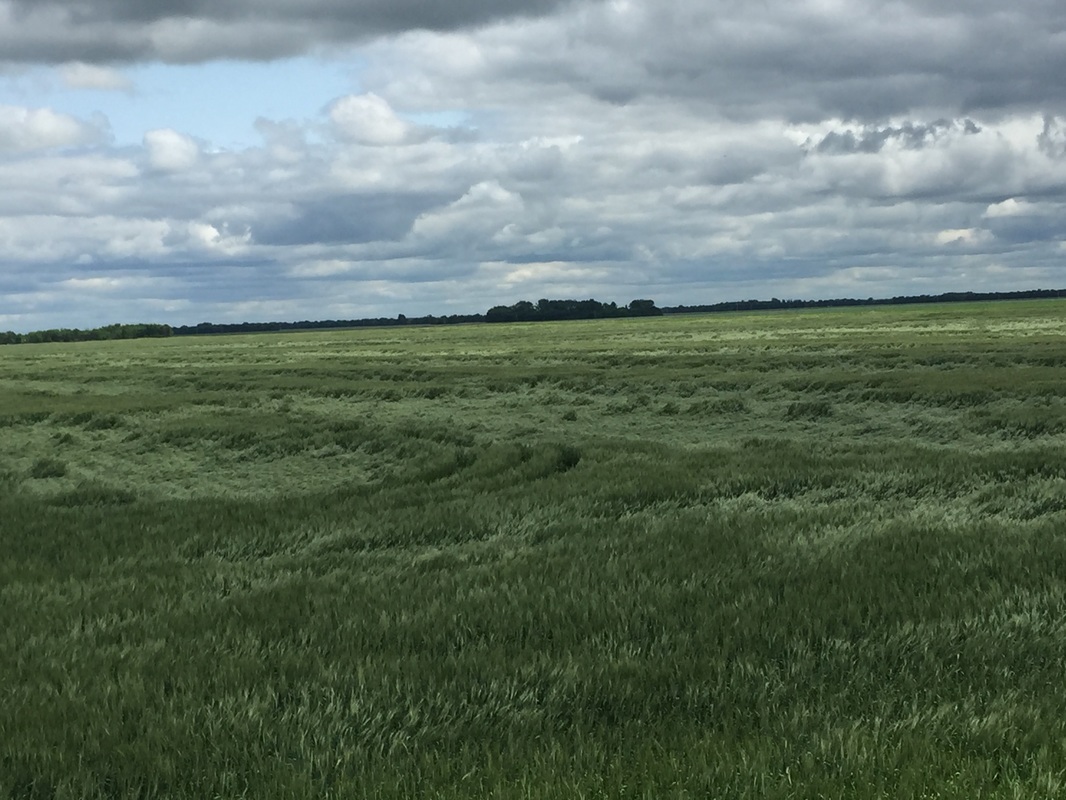
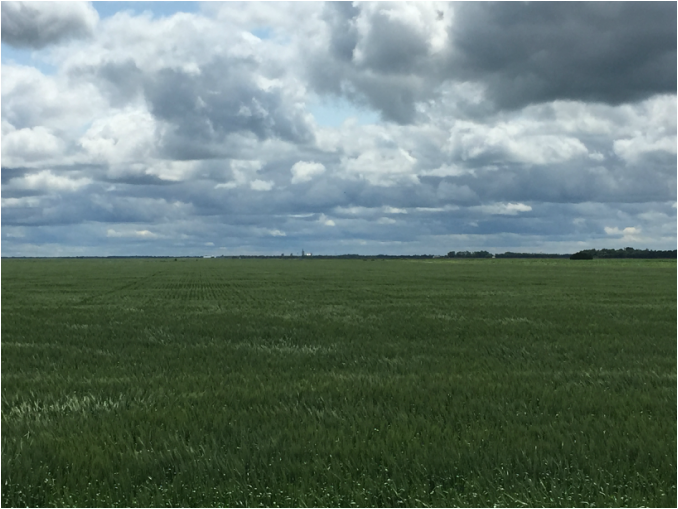
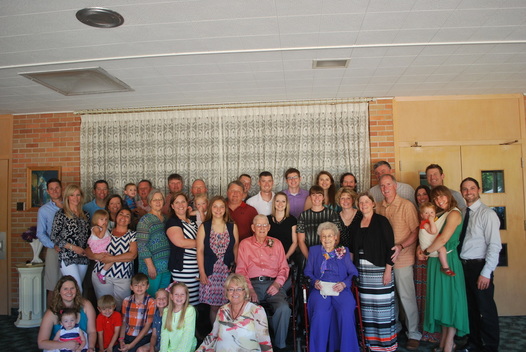
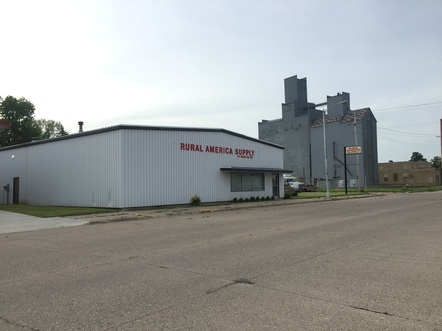
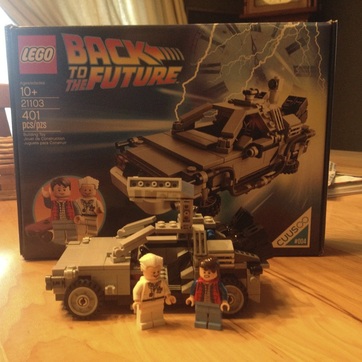
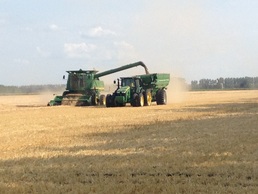
 RSS Feed
RSS Feed